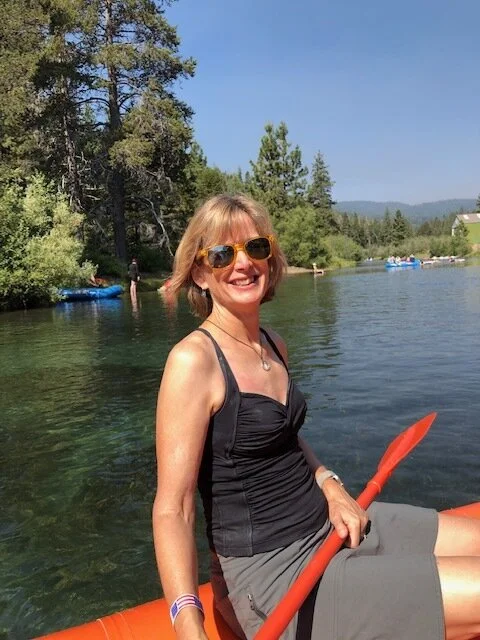Updated Oct. 27, 2014 5:02 p.m. ET
7 COMMENTS
Performing a basic yoga pose for a few minutes a day reduced spinal curving by as much as 50% in scoliosis patients, according to a small but intriguing study in the current issue of Global Advances in Health and Medicine.
Researchers suggest practicing the side plank, or vasisthasana, pose on the curved side can strengthen muscles in the lower back, abdomen and spine that allow the spine to straighten.
Patients who practice the pose regularly may not need corrective bracing or surgery, they said.
An estimated six million people in the U.S. have scoliosis, an often painful condition that causes the spine to curve in an S-shape, according to the National Scoliosis Foundation. Scoliosis can affect a person’s gait, posture and self-esteem if left untreated, the study said.
Researchers at the Columbia College of Physicians and Surgeons in New York City recruited 25 patients, 21 women and four men ages 14 to 85, from a private medical clinic.
The subjects spent a week learning the pose, which involves leaning on one arm on the floor so the shoulders, hips and ankles are in a straight line, with the other arm pointing straight up.
For the study, subjects also elevated their ribs so the curved side of their upper body was facing out. Slight variations of the pose were used to accommodate participants’ physical abilities.
They were instructed to hold the pose for 10 to 20 seconds or longer at least once a day.
Spinal improvements were compared. X-rays were taken before the study and three to 22 months later.
After 6.8 months of follow-up, spinal curving decreased by an average of 41% in 19 subjects who practiced the pose daily. The average improvement in the group was 32%.
Curve reduction among regular practitioners was highest in seven teenage subjects—49.6% compared with 38.4% in adults. Patients who performed the pose fewer than four days a week improved by an average of 0.5%.
Studies with longer follow-up are needed to clarify the relationship between the duration of treatment and the length of improvement and the possible side effects of prolonged treatment, researchers said.
Caveat: The study didn’t include a control group. Compliance was self-reported.
Title: Serial Case Reporting Yoga for Idiopathic and Degenerative Scoliosis
—Ann Lukits















